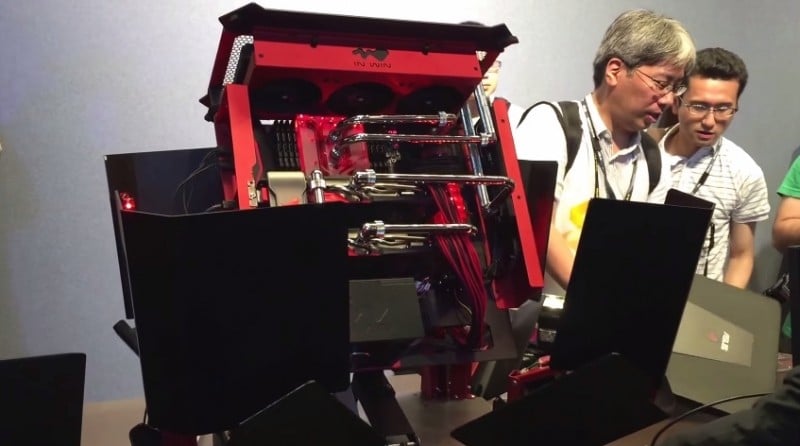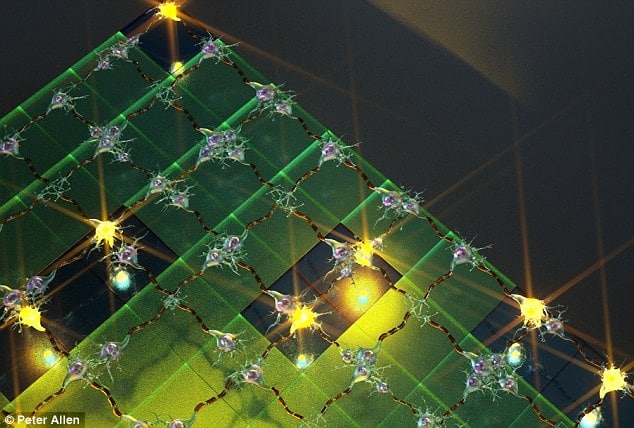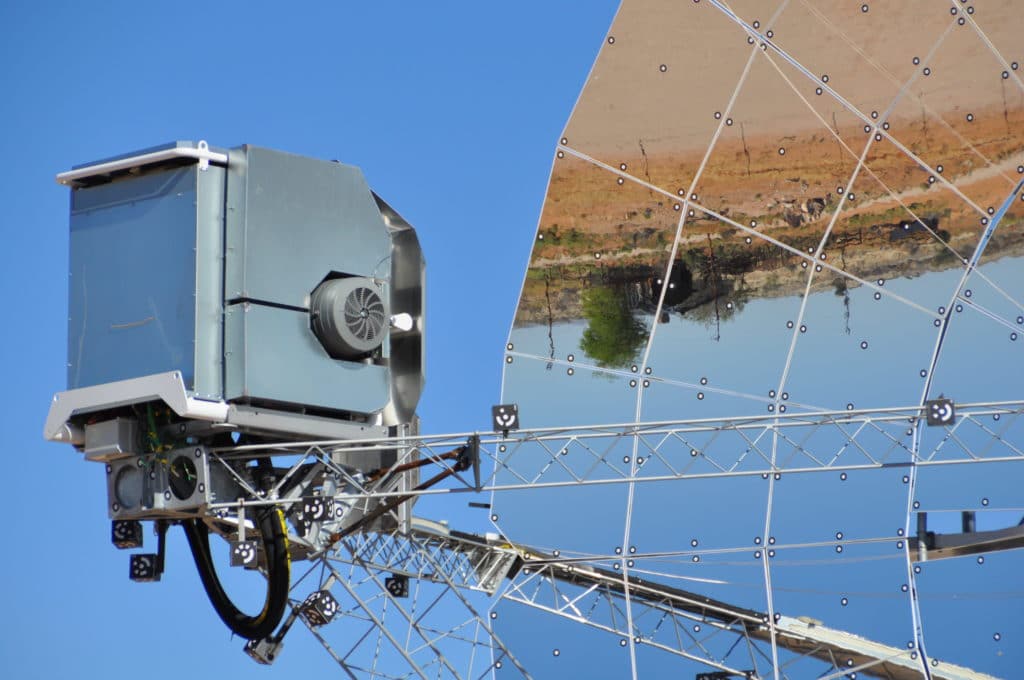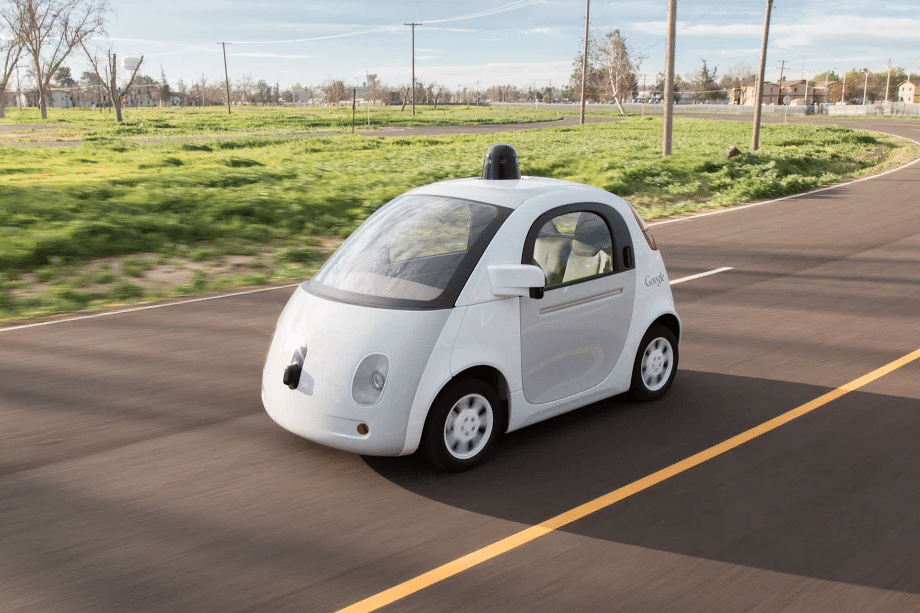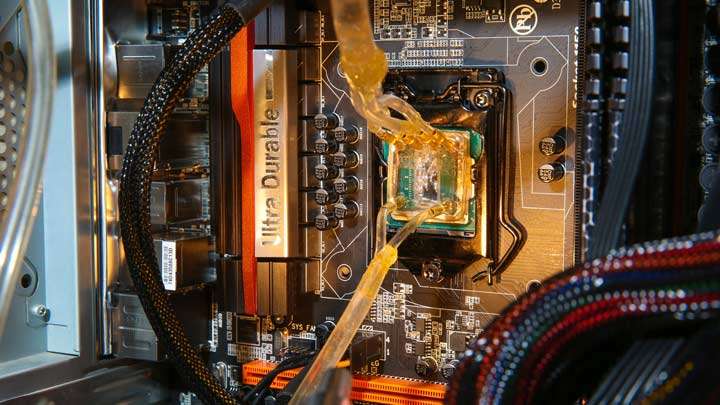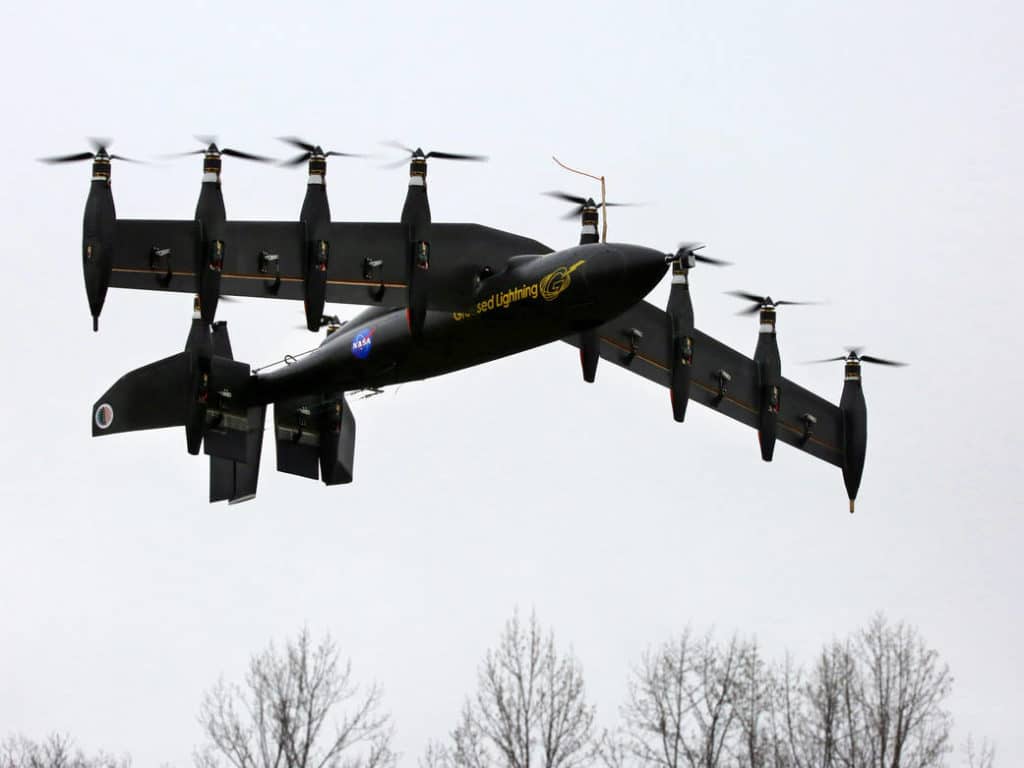The 2015 Computex Taipei conference is the largest IT trade show in Asia. According to Yahoo News, “the Taiwanese event is one of the key dates in the calendar for major announcements on the latest chip technology for PCs and mobile platforms, pointing to what we can expect in the year ahead for desktops, laptop hybrids, tablets, mobiles and even wearables.”
One of the more impressive products at the trade show is a transformed PC tower with the capability of showing off the inner workings of the machine. There is very little information released about this machine. At the moment, ASUS has partnered with In Win, a company that designs computer cases, towers, servers and power supplies for computers. This means that in the near future, a product of this magnitude will be on the market for mass consumption. However, the date and more details are yet to be released.
Here is a clip of the ASUS Tower in action:
Source: YouTube

